Space Exploration
Latest about Space Exploration
-
-

Astronaut sees gorgeous 'skies of blue and clouds of white' | On the International Space Station this week Dec. 8-12, 2025
By Robert Z. Pearlman Published
-
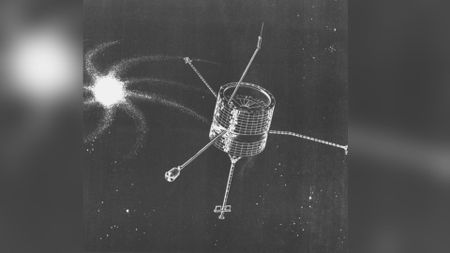
On this day in space! Dec. 12, 1967: Pioneer 8 launches on mission to study the sun
By Hanneke Weitering Last updated
-
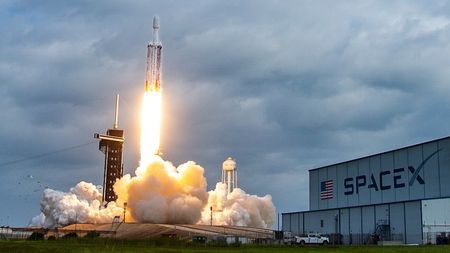
Rocket launch today: Is there a rocket launch and what time?
By Josh Dinner Last updated
-
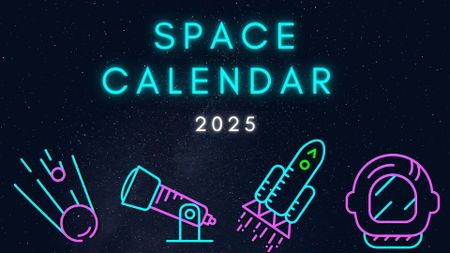 Reference
ReferenceSpace calendar 2025: Rocket launches, skywatching events, missions & more!
By Space.com Last updated
-
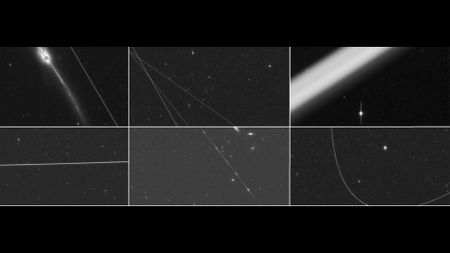
Satellite constellations could obscure most space telescope observations by late 2030s: 'That part of the image will be forever lost'
By Sharmila Kuthunur Published
-
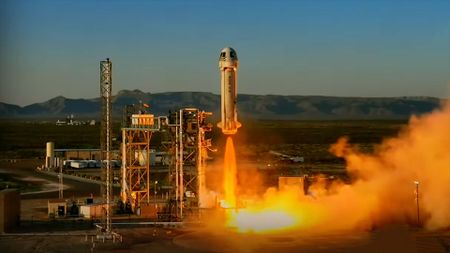
Blue Origin targeting Dec. 18 for historic 1st spaceflight of wheelchair user
By Mike Wall Published
-
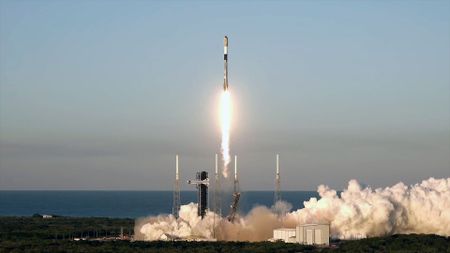
SpaceX launches Starlink satellites from Florida on worldwide 300th orbital flight of 2025 (video)
By Robert Z. Pearlman Published
-
Explore Space Exploration
Human spaceflight
-
-
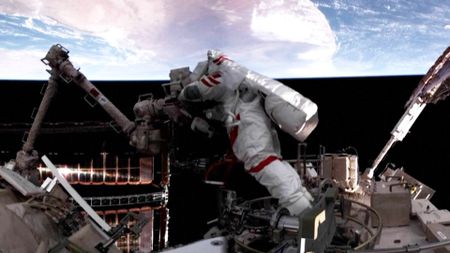
Chinese astronauts inspect damaged Shenzhou 20 spacecraft during 8-hour spacewalk (video)
By Mike Wall Published
-
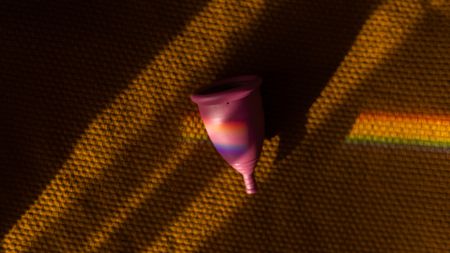
Scientists sent a menstrual cup to space. This is how it went
By Jessica Rendall Published
-

Blue Origin's next space tourism flight will break new ground for people with disabilities
By Leonard David Published
-
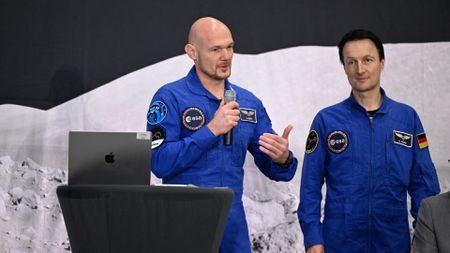
1st European to fly to the moon will be German
By Tereza Pultarova Published
-
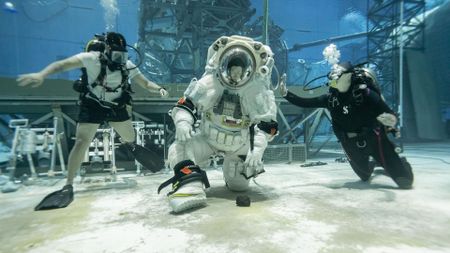
NASA astronauts take new moonsuit for a swim | Space photo of the day for Nov. 28, 2025
By Kenna Hughes-Castleberry Published
-
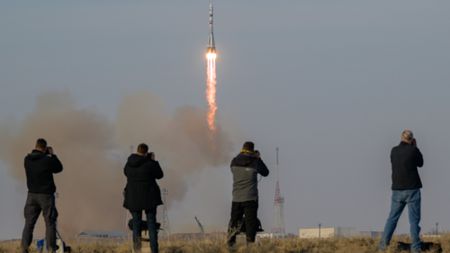
US-Russian Soyuz crew launches to the International Space Station on Thanksgiving Day
By Robert Z. Pearlman Last updated
-
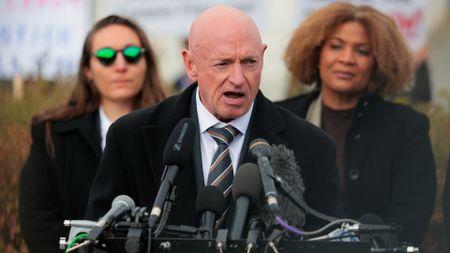
Trump administration targets former NASA astronaut Mark Kelly over 'illegal orders' video
By Mike Wall Published
-
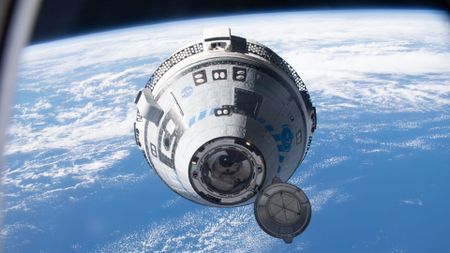
Boeing's next Starliner spacecraft to fly won't carry NASA astronauts when it launches in April 2026
By Tariq Malik Published
-
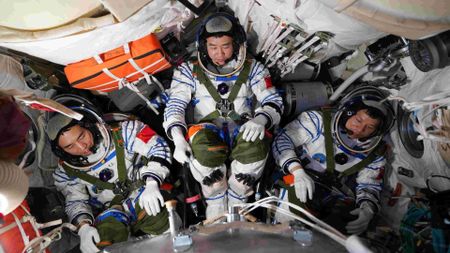
Space junk strike on China's astronaut capsule highlights need for a space rescue service, experts say
By Leonard David Published
-
Launches & Spacecraft
-
-

On this day in space! Dec. 12, 1967: Pioneer 8 launches on mission to study the sun
By Hanneke Weitering Last updated
-

Rocket launch today: Is there a rocket launch and what time?
By Josh Dinner Last updated
-

SpaceX launches Starlink satellites from Florida on worldwide 300th orbital flight of 2025 (video)
By Robert Z. Pearlman Published
-
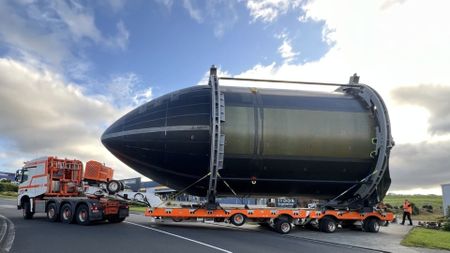
Rocket Lab's 'Hungry Hippo' passes final test ahead of 1st reusable Neutron rocket launch
By Josh Dinner Published
-
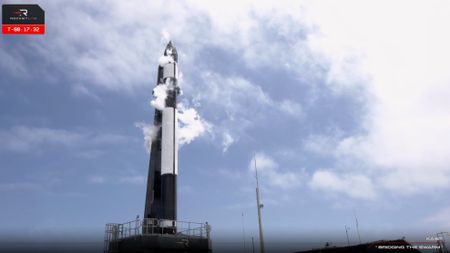
Rocket Lab scrubs launch of Korean disaster-monitoring satellite due to sensor issue
By Mike Wall Published
-
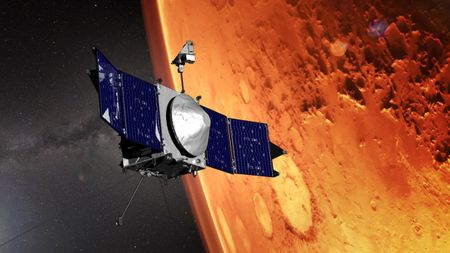
NASA's loses contact with MAVEN Mars orbiter on the far side of the Red Planet
By Josh Dinner Published
-
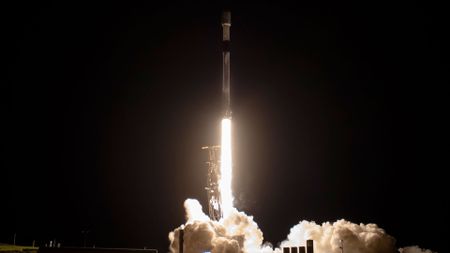
SpaceX launches Starlink satellites from California on 160th Falcon 9 flight of the year (video)
By Robert Z. Pearlman Published
-
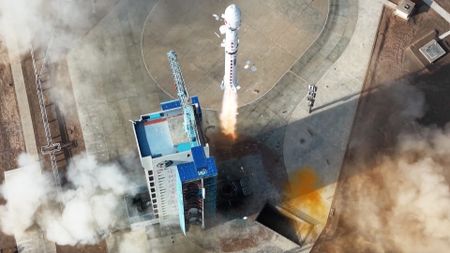
China breaks record with 3 Long March rocket launches in 19-hour stretch (video)
By Mike Wall Published
-

SpaceX launches mysterious NROL-77 mission for the US military (video)
By Mike Wall Last updated
-
Missions
-
-

Astronaut sees gorgeous 'skies of blue and clouds of white' | On the International Space Station this week Dec. 8-12, 2025
By Robert Z. Pearlman Published
-
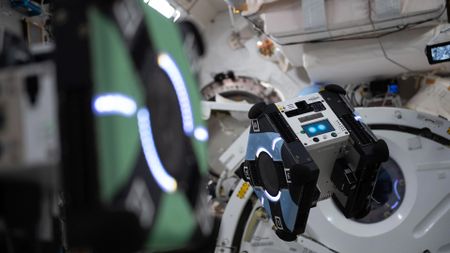
AI helps pilot free-flying robot around the International Space Station for 1st time ever
By John Loeffler Published
-
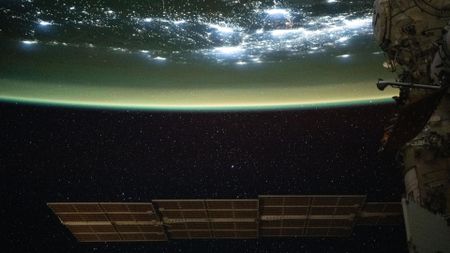
ISS astronauts watch Earth's atmosphere glow green | Space photo of the day for Dec. 8, 2025
By Kenna Hughes-Castleberry Published
-

Russian Soyuz capsule lands on Earth to return crew of 3 home after months on International Space Station (video)
By Robert Z. Pearlman Published
-
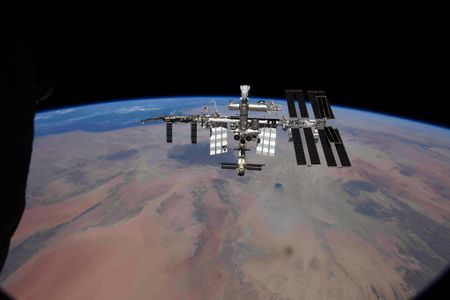
International Space Station: Live updates
By Space.com Staff Last updated
-
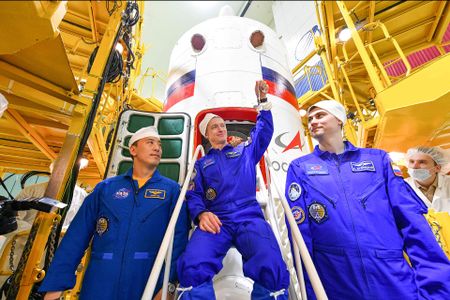
Watch 3 astronauts land on Earth aboard Russian spacecraft early Dec. 9
By Mike Wall Published
-
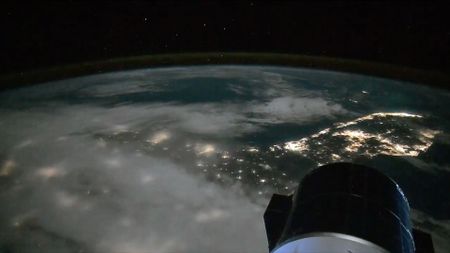
3 astronauts settle into their new life in orbit | On the International Space Station this week Dec. 1-5, 2025
By Robert Z. Pearlman Published
-

'We have lost a lot of time.' Former NASA chief says US needs to start over with moon landing plans or risk losing to China
By Brett Tingley Published
-
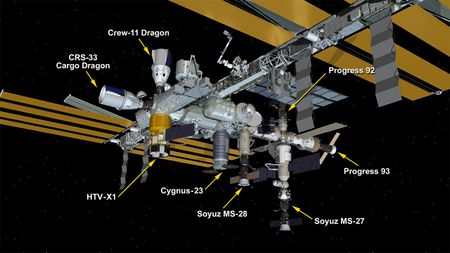
For the 1st time ever, 8 spacecraft are docked to the International Space Station
By Elizabeth Howell Published
-
Private spaceflight
-
-

Blue Origin targeting Dec. 18 for historic 1st spaceflight of wheelchair user
By Mike Wall Published
-

From Bezos to beyond: Blue Origin quiz
By Kenna Hughes-Castleberry Published
-

Next Blue Origin tourist launch will fly wheelchair user to space for 1st time
By Mike Wall Published
-
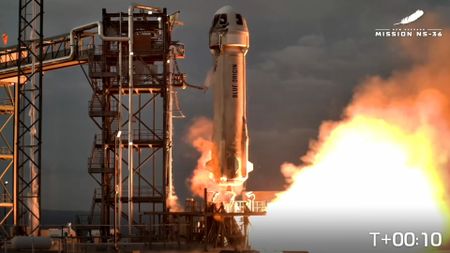
Blue Origin launches 6 'Space Nomads,' including mystery passenger, on suborbital space tourist flight (video)
By Mike Wall Published
-

Watch Blue Origin launch its 15th space tourism mission today
By Mike Wall Last updated
-

Blue Origin reveals space tourists to launch on next New Shepard rocket
By Mike Wall Published
-
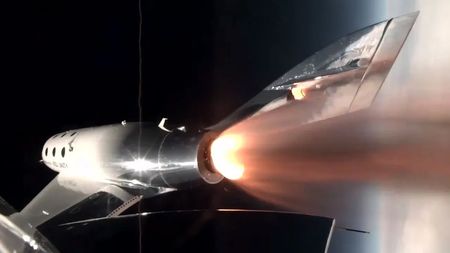
Virgin Galactic to launch 'Purdue 1' human spaceflight in 2027
By Mike Wall Published
-
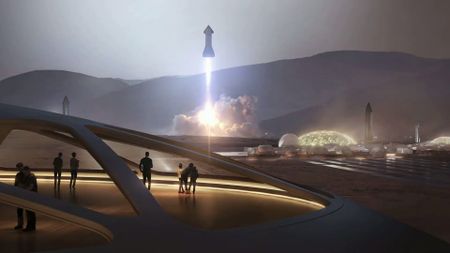
Humanity could settle Mars by 2055, Elon Musk says
By Mike Wall Published
-
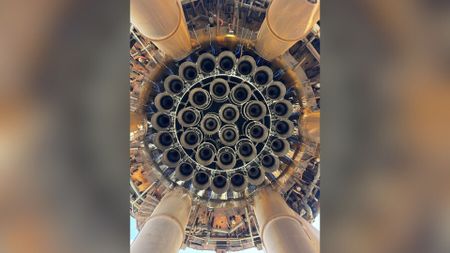
33 hungry SpaceX Raptors from below | Space photo of the day for Sept. 1, 2025
By Kenna Hughes-Castleberry Published
-
Satellites
-
-

Satellite constellations could obscure most space telescope observations by late 2030s: 'That part of the image will be forever lost'
By Sharmila Kuthunur Published
-

See the metal guts of a satellite in this wild X-ray view | Space photo of the day for Dec. 4, 2025
By Kenna Hughes-Castleberry Published
-
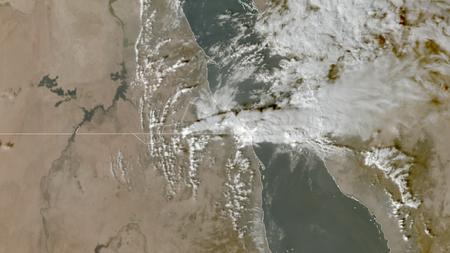
Satellites capture aftermath of Ethiopian volcano's 1st eruption in recorded history (images)
By Julian Dossett Published
-
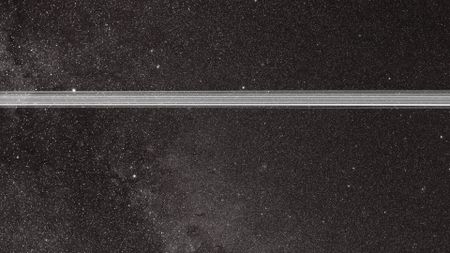
Satellite space quiz: What's orbiting Earth?
By Kenna Hughes-Castleberry Published
-
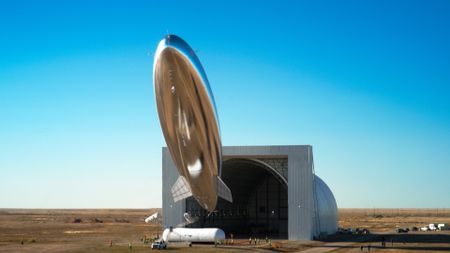
Could satellite-beaming planes and airships make SpaceX's Starlink obsolete?
By Tereza Pultarova Published
-

Orbiting satellite uses AI to reorient itself in 'major step towards full autonomy in space'
By John Loeffler Published
-
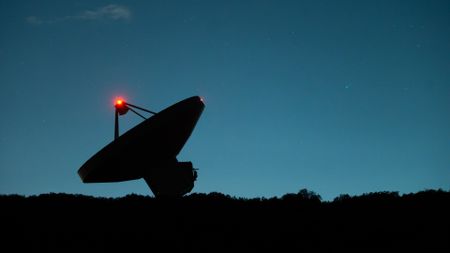
'Shockingly large' amount of sensitive satellite communications are unencrypted and vulnerable to interception, researchers find
By Tereza Pultarova Published
-
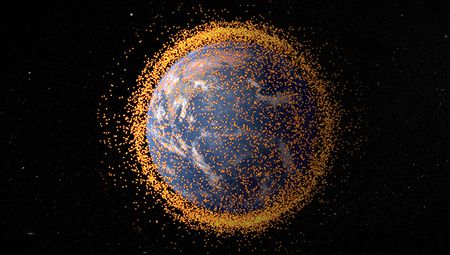
China reached out to NASA to avoid a potential satellite collision in 1st-of-its-kind space cooperation
By Andrew Jones Published
-
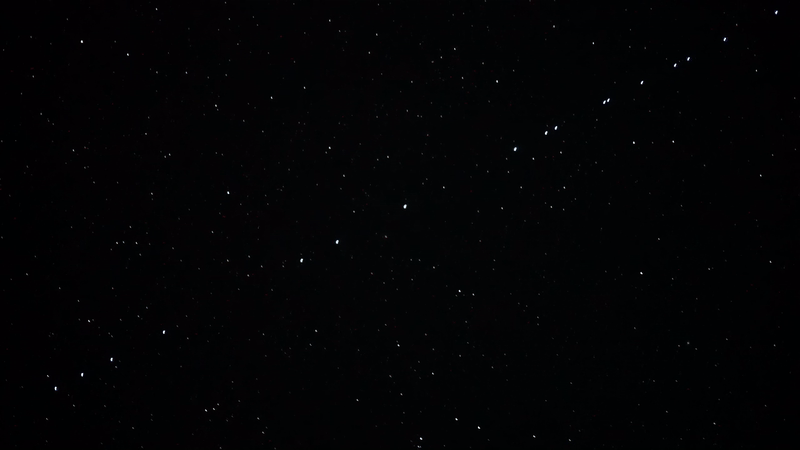 Reference
ReferenceStarlink satellite train: how to see and track it in the night sky
By Daisy Dobrijevic Last updated
-
Search for Life
-
-

Which exoplanet in the TRAPPIST-1 system could be habitable? Scientists are modeling the star to find out
By Samantha Mathewson Published
-
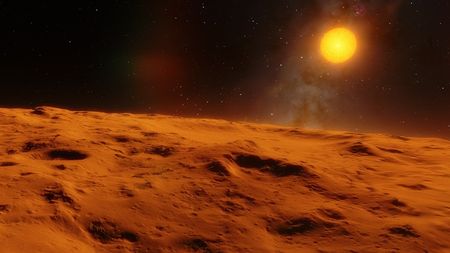
Beyond the habitable zone: Exoplanet atmospheres are the next clue to finding life on planets orbiting distant stars
By Morgan Underwood Published
-
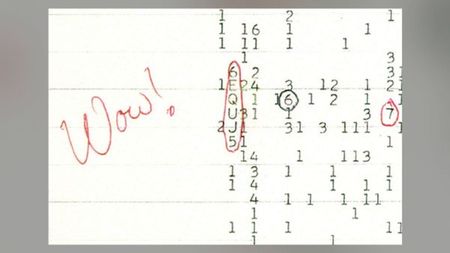
SETI's 'Noah’s Ark' – a space historian explores how the advent of radio astronomy led to the USSR’s search for extraterrestrial life
By Gabriela Radulescu Published
-
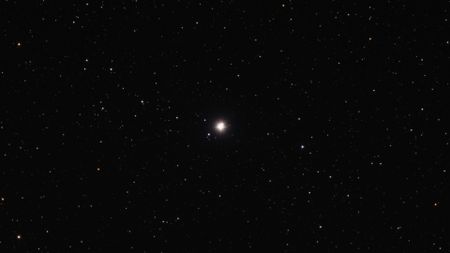
Scientists want to search for life in this double star system devoid of giant exoplanets. Here's why
By Kiona N. Smith Published
-
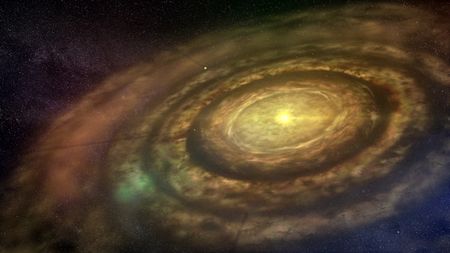
Planets may make their own water as they form — could that mean more habitable worlds in the universe?
By Sharmila Kuthunur Published
-
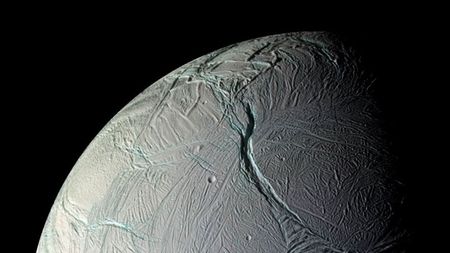
Heat leaking from Saturn's ocean moon Enceladus bolsters its case as an abode for life
By Keith Cooper Published
-
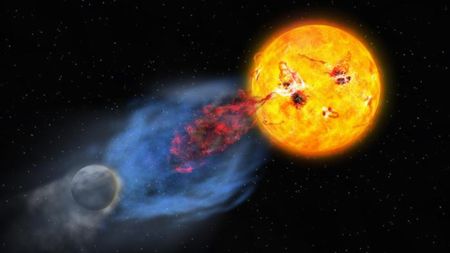
Powerful solar storms may help life get going on alien planets. Here's how
By Keith Cooper Published
-
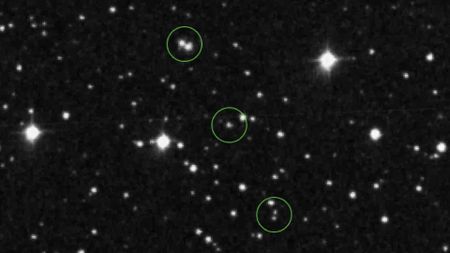
Could these mysterious flashes of light in 1950s photos be UFOs? Some researchers think so
By Keith Cooper Published
-
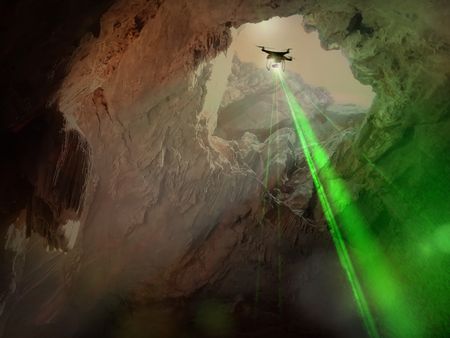
The search for life: A space science quiz
By Kenna Hughes-Castleberry Published
-
More about Space Exploration
-
-

SpaceX launches Starlink satellites from Florida on worldwide 300th orbital flight of 2025 (video)
By Robert Z. Pearlman Published
-
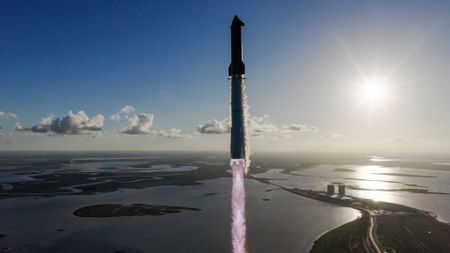
SpaceX plans to go public in 2026, seeks $1.5 trillion valuation: reports
By Mike Wall Published
-

AI helps pilot free-flying robot around the International Space Station for 1st time ever
By John Loeffler Published
-